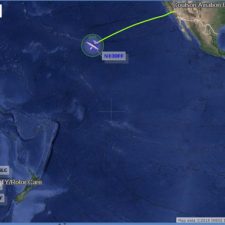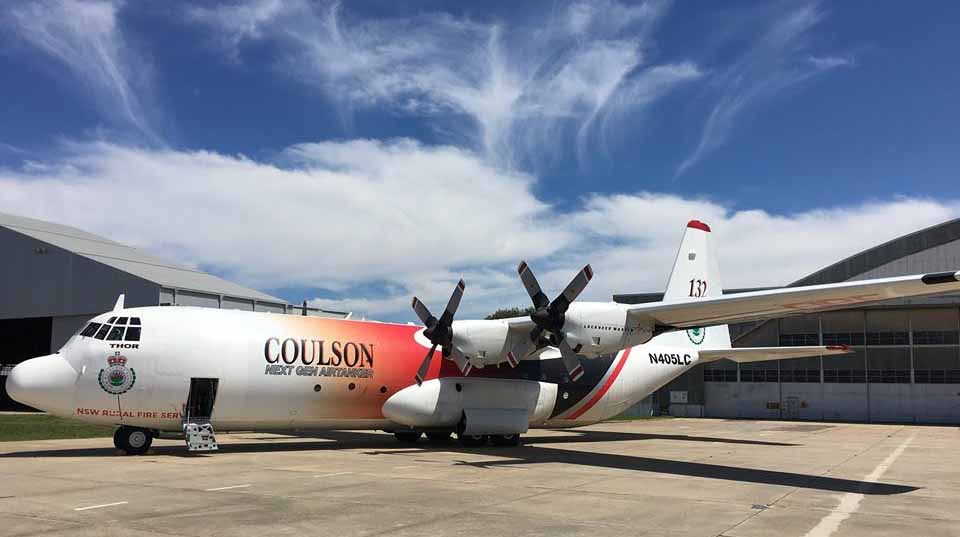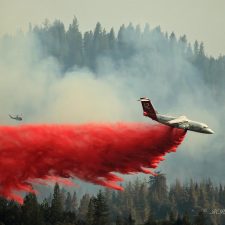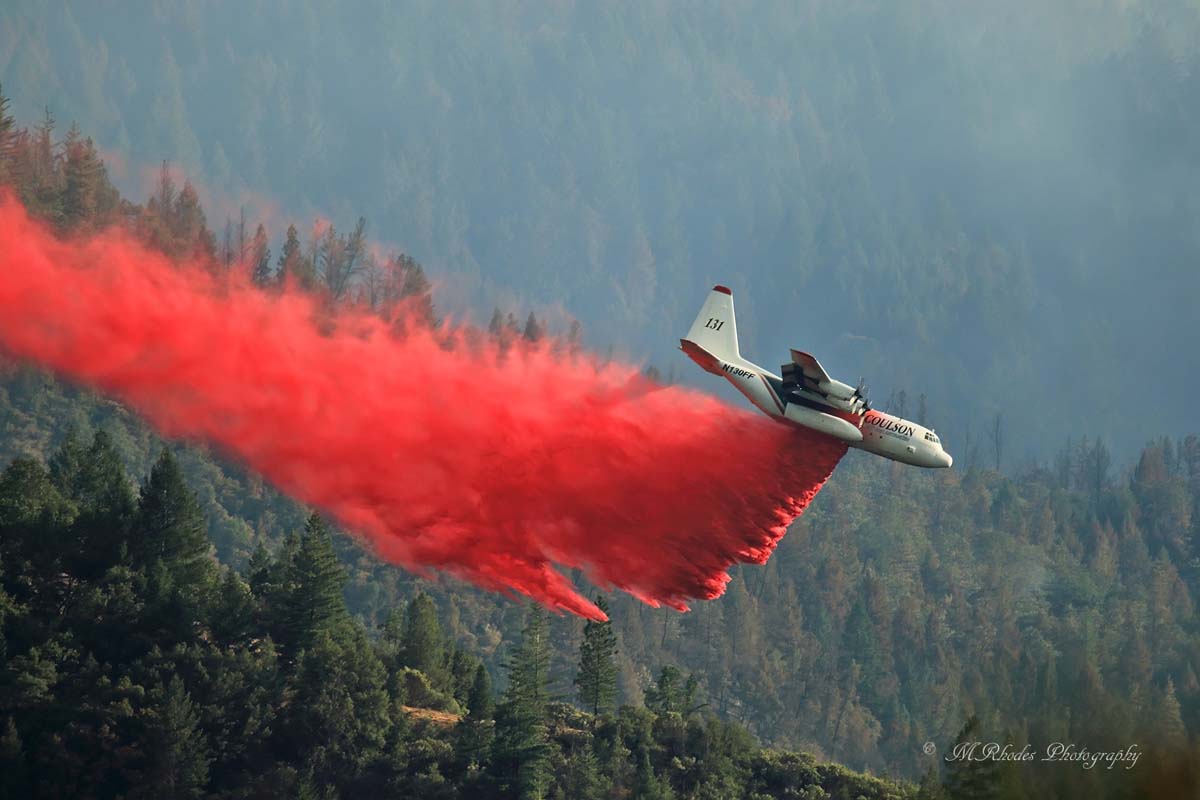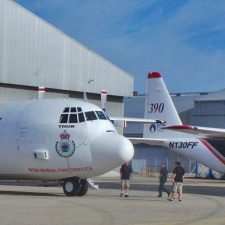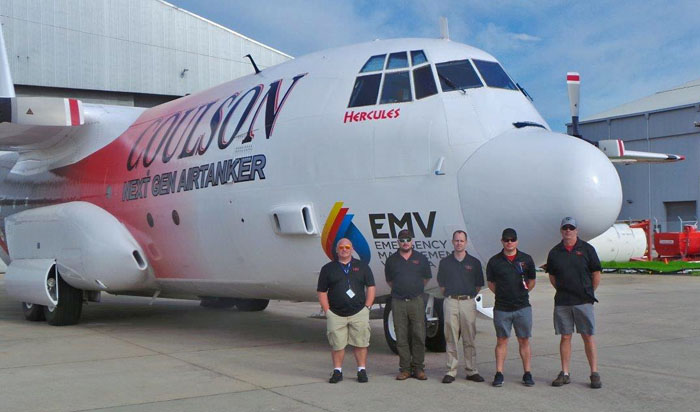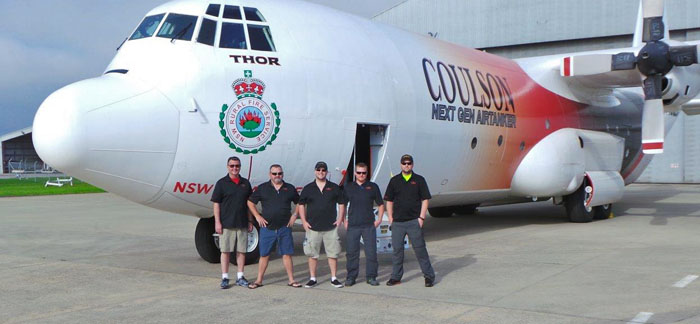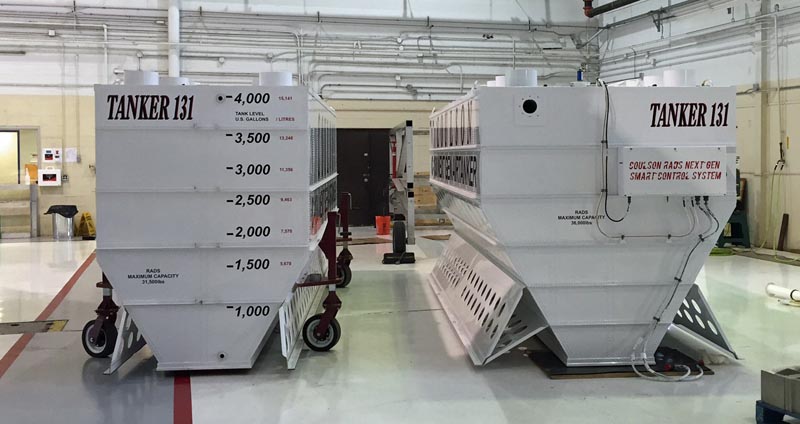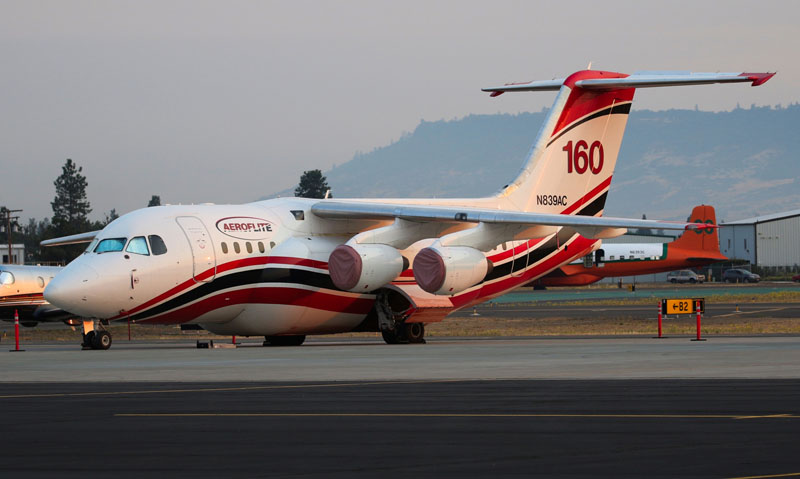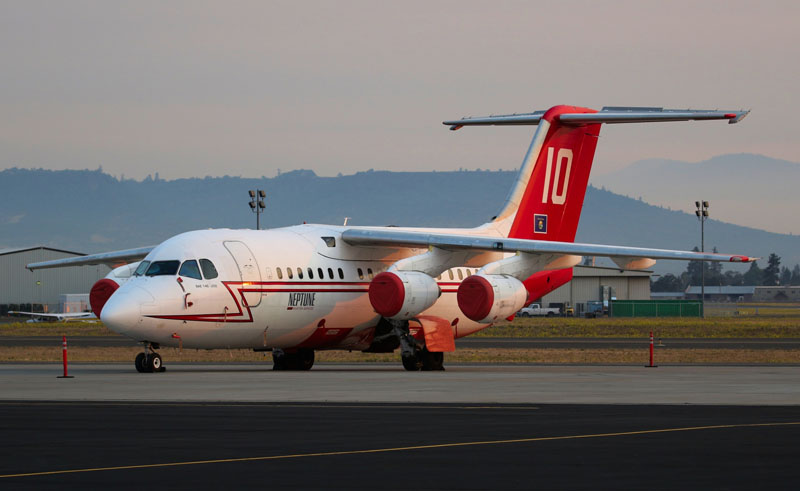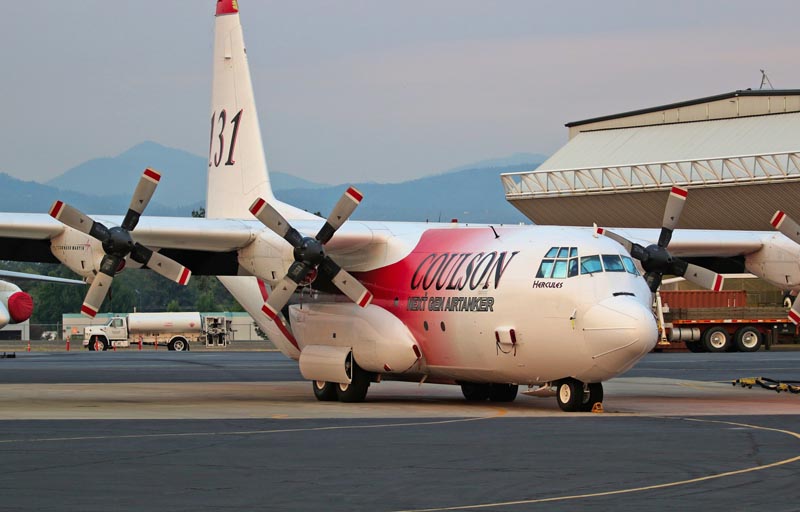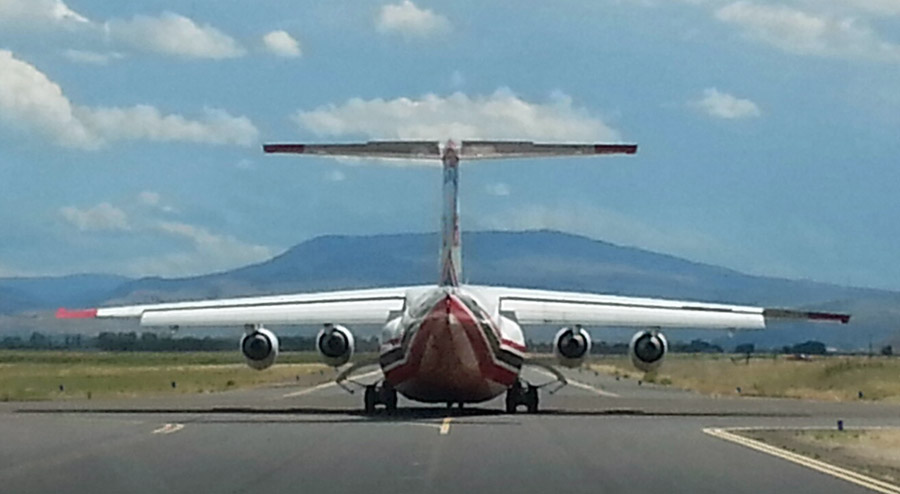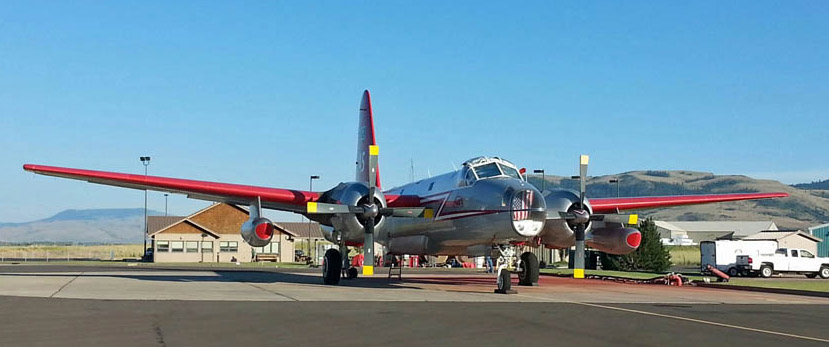Above: Tanker 131’s route from Santa Maria, California to Hawaii.
Coulson’s Air Tanker 131, a C-130Q, is en route to Australia to begin a firefighting contract for the state of Victoria. It departed from Phoenix on December 8 and is expected to arrive in Avalon, Victoria on December 12 after flying for a total of 27 hours. These dates and the ones below are U.S. time.

In Australia it is designated as Tanker 390 and is named “Hercules”. On the way to Avalon it scheduled stops at Santa Maria (California), Kahului (Hawaii), Pago Pago, and Norfolk Island. Britt Coulson said Friday night that it had just landed at Pago Pago (NSTU).
The 84-day contract for T-131 begins December 15th.
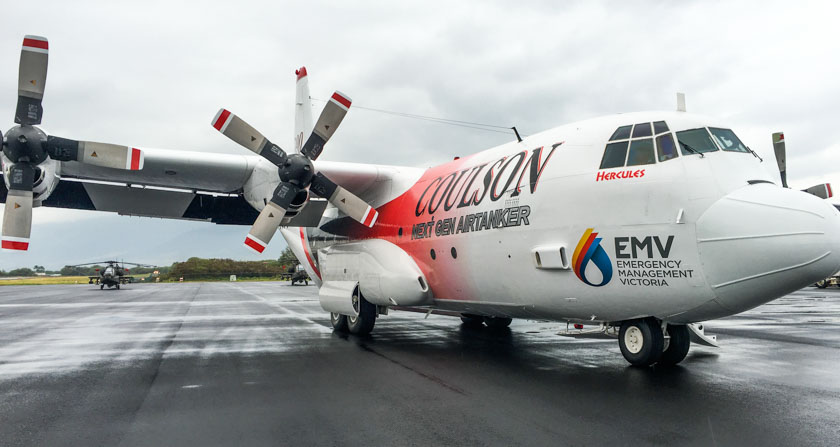
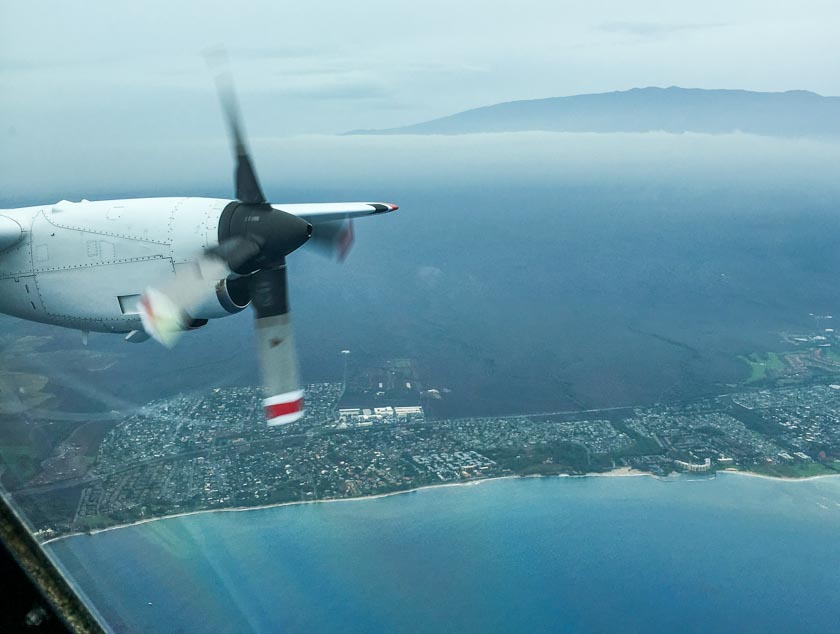
Tanker 131 concluded its 2016 fire season in the United States on November 30, accumulating 350 hours of flight time and 520 drops for a total of 1.77 million gallons delivered over wildfires — an average of 3,404 gallons per drop.

Coulson’s other C-130 type air tanker, T-132, a C-130H, has been in New South Wales since September 6, 2016. Known as “Thor” down under, it just had its contract extended for another month and will continue to be based at Richmond RAAF base until mid-January.

